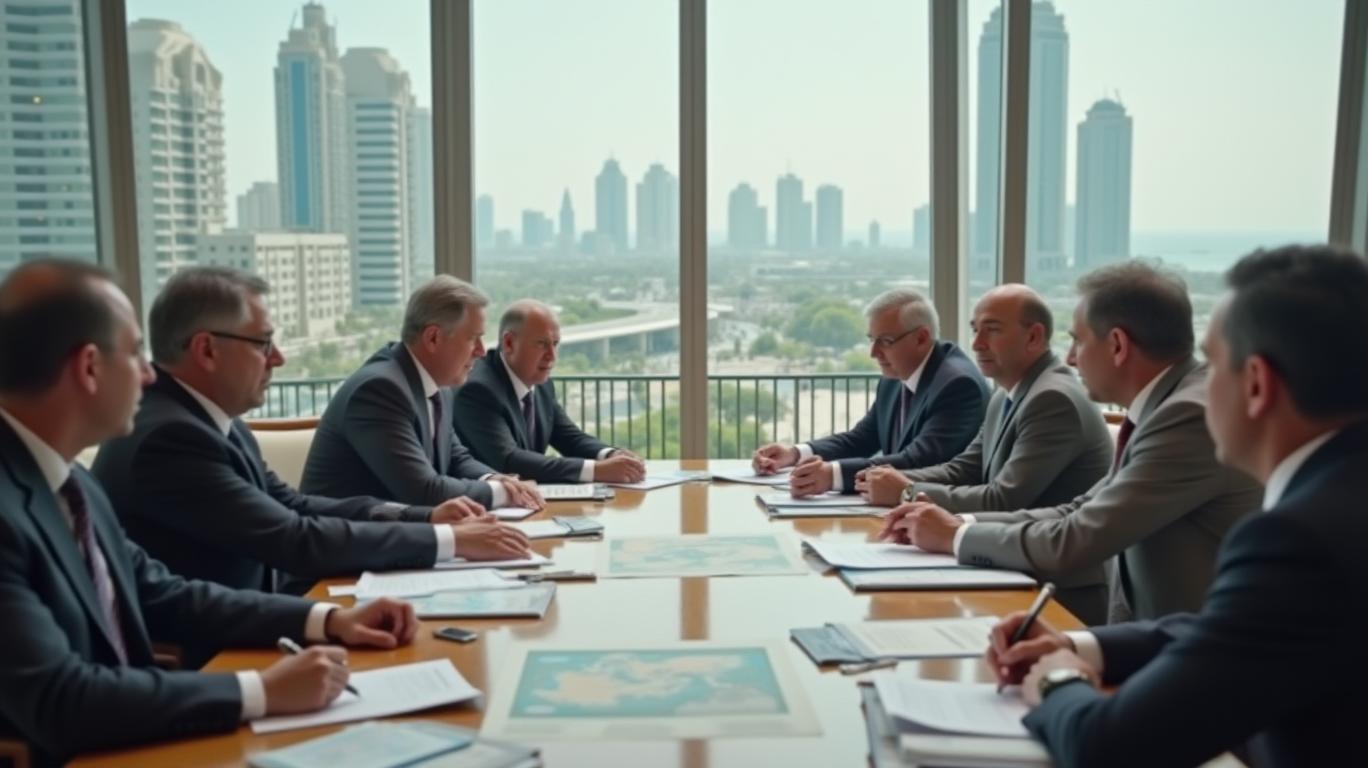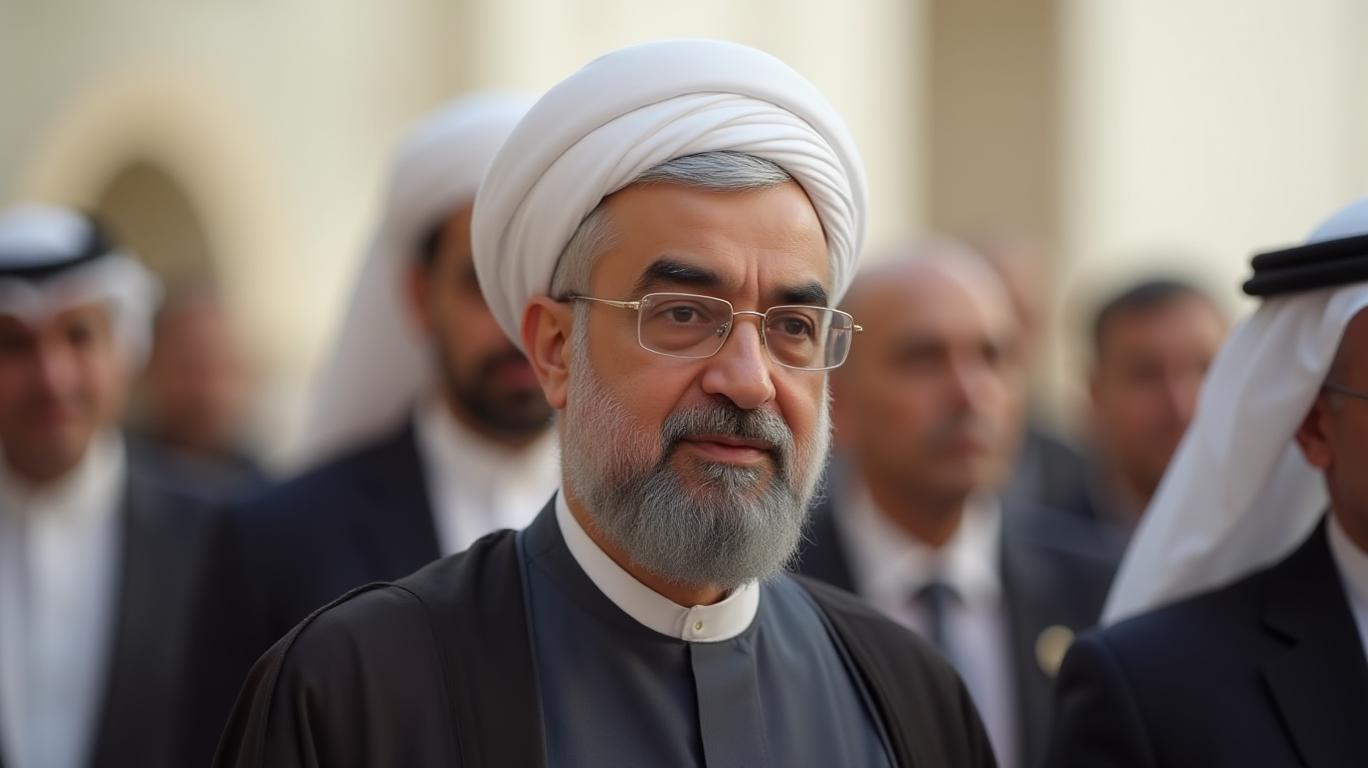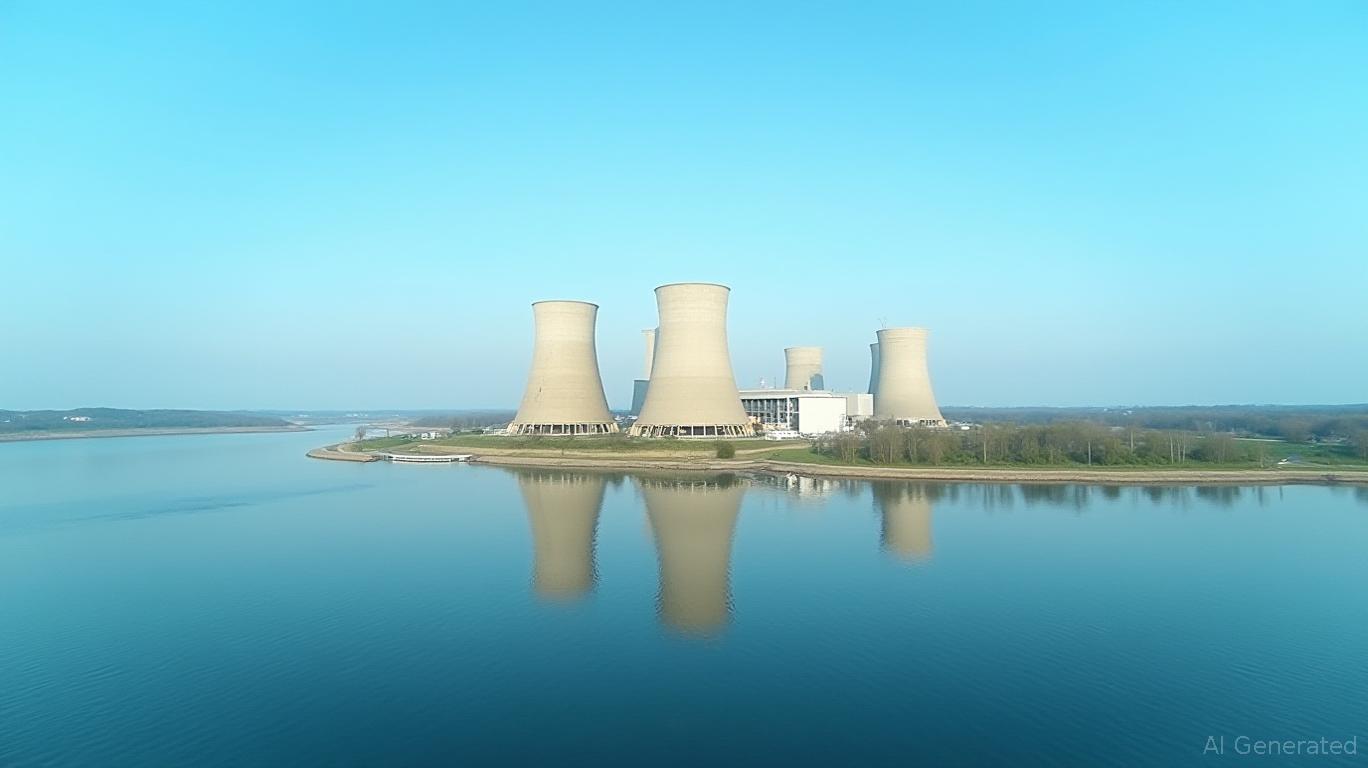Nuclear Standoff or New Dawn? The Investment Implications of U.S.-Iran Talks in Oman
The fourth round of U.S.-Iran nuclear negotiations in Oman, concluded in May 2025, underscored both the complexity of bridging ideological divides and the high stakes for global markets. While both sides agreed to continue talks, the core disagreement—over Iran’s uranium enrichment versus U.S. demands for its total dismantling—remains unresolved. This stalemate carries profound implications for investors across energy, finance, and geopolitical risk sectors.
Ask Aime: What's the outlook for the U.S. stock market after the latest Iran-Nuclear talks?

The Technical Stalemate
The talks, mediated by Oman’s Foreign Minister Badr al-Busaidi, focused on “technical elements,” such as verification mechanisms for sanctions relief and Iran’s nuclear activities. However, progress is hampered by fundamental disagreements. The U.S. insists on zero enrichment, while Iran’s leadership, including Foreign Minister Abbas Araghchi, refuses to compromise on its “national achievement” of uranium enrichment.
A key data point lies in Iran’s current uranium enrichment levels: since 2021, it has enriched uranium to 60% purity—near weapons-grade levels—up from 3.67% under the defunct 2015 nuclear deal. This escalation has heightened international alarm.
Ask Aime: How will the Iran-US nuclear stalemate impact global energy markets?
Economic Leverage and Domestic Pressures
For Iran, the negotiations have already begun to influence its economy. The rial’s stabilization—from over 1 million rials to $1 in early 2025 to ~830,000 rials to $1 by May—reflects cautious optimism tied to potential sanctions relief. However, this progress is fragile.
Domestically, Iran faces protests over mandatory hijab laws and fears of gasoline subsidy cuts, compounding pressure on the regime to secure a deal. Meanwhile, the U.S. faces its own political calculus: President Trump’s reported two-month deadline adds urgency, while bipartisan skepticism in Congress could complicate any agreement.
Regional Dynamics and Geopolitical Risks
The talks occur amid heightened regional tensions. Israel’s Prime Minister Netanyahu has repeatedly warned that any deal allowing Iranian enrichment would be a “strategic catastrophe,” while Gulf states like Saudi Arabia and the UAE seek U.S. reassurance.
Iran’s accusations against France, Germany, and the UK for obstructing diplomacy further complicate the landscape. A would likely show volatility tied to these geopolitical shifts.
Investment Implications: Sectors at Risk and Opportunity
- Energy Markets:
- If a deal is reached, Iran could add 1–2 million barrels per day of crude oil to global markets, potentially depressing prices.
Sanctions relief would also open Iranian gas fields to international investors, benefiting firms like TotalEnergies or ExxonMobil.
Financial Services:
U.S. banks and payment processors, which have long avoided Iran due to sanctions, might see opportunities—if the deal includes full sanctions removal.
Geopolitical Risk Exposure:
Companies operating in the Gulf (e.g., Saudi Aramco, Emirates Airlines) face risks from renewed regional conflict if talks collapse.
Technology and Trade:
- U.S. tech firms, including Boeing and Cisco, could benefit from resumed trade, but only if the deal includes clauses on missile technology and cyber warfare.
The Path Forward: Three Scenarios
Scenario 1: A Deal is Reached
- Likelihood: 30%
- Impact: Short-term optimism in energy and regional equities, but long-term scrutiny over Iran’s compliance.
Scenario 2: Stalemate Continues
- Likelihood: 50%
- Impact: Status quo for markets, with Iran’s rial volatility persisting and Gulf states relying on U.S. military guarantees.
Scenario 3: Talks Collapse
- Likelihood: 20%
- Impact: Risk of renewed sanctions, military escalation, and a spike in regional defense spending (e.g., Israel’s defense budget rose 5% in 2024 amid tensions).
Conclusion: Navigating Uncertainty with Data
The U.S.-Iran talks represent a high-stakes gamble for investors. A deal could unlock Iran’s energy potential, easing global oil supply constraints—a boon for consumers but a headwind for OPEC members like Saudi Arabia. Conversely, failure risks a renewed arms race and instability, benefiting defense contractors like Lockheed Martin but destabilizing regional equities.
Crucially, the timeline is tight: Trump’s deadline and Iran’s domestic unrest demand swift action. Investors must monitor two critical indicators: Iran’s rial exchange rate (a real-time barometer of negotiation optimism) and U.S. sanctions enforcement data (to gauge compliance risks).
With $200 billion in Iranian assets frozen globally and regional defense budgets surpassing $300 billion annually, the stakes are clear. For now, caution prevails—but the potential reward for a breakthrough remains enormous.


_442a2dcc1749832873286.jpeg)
_e68fac6d1749831664430.jpeg)



















